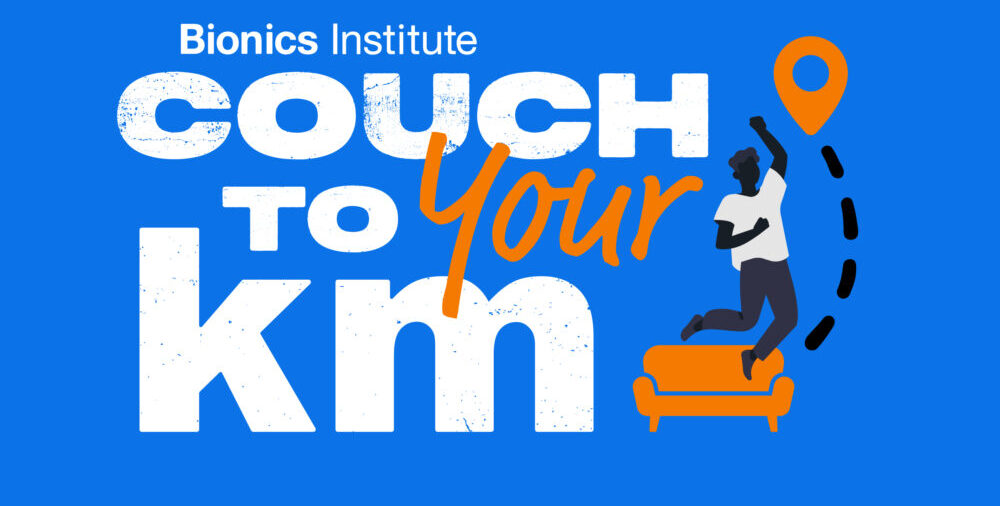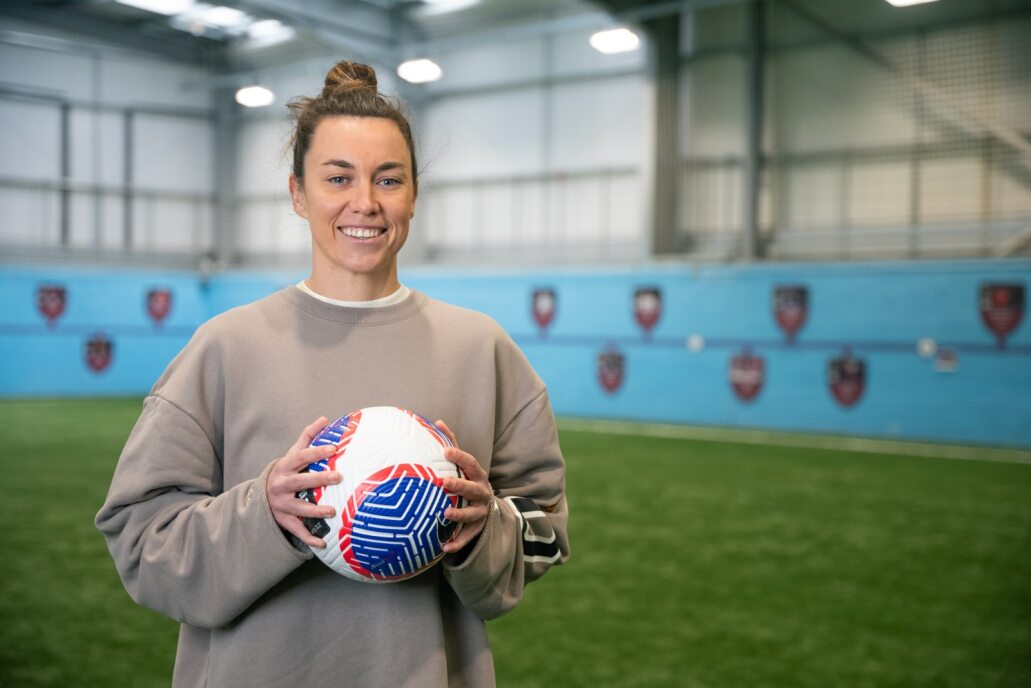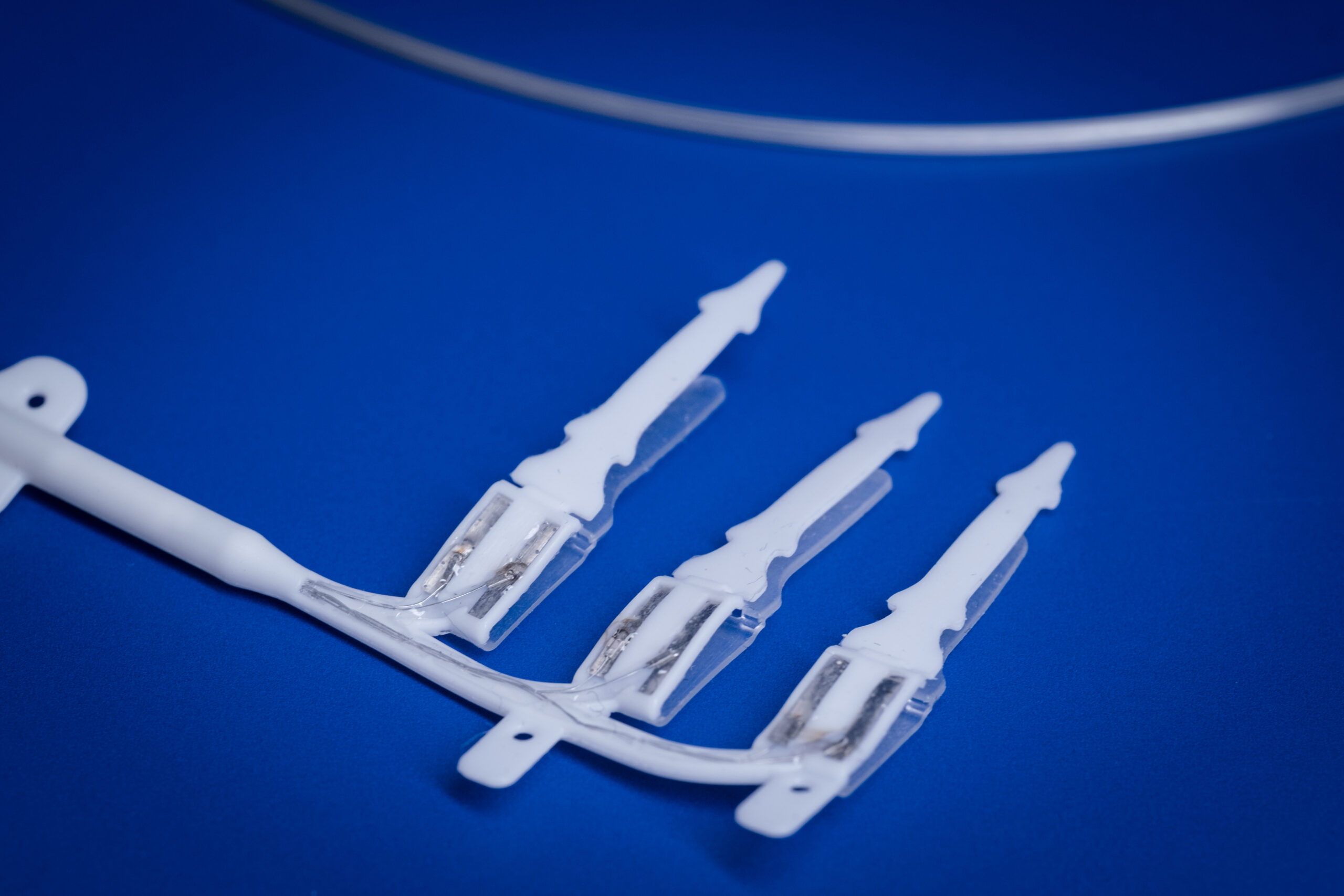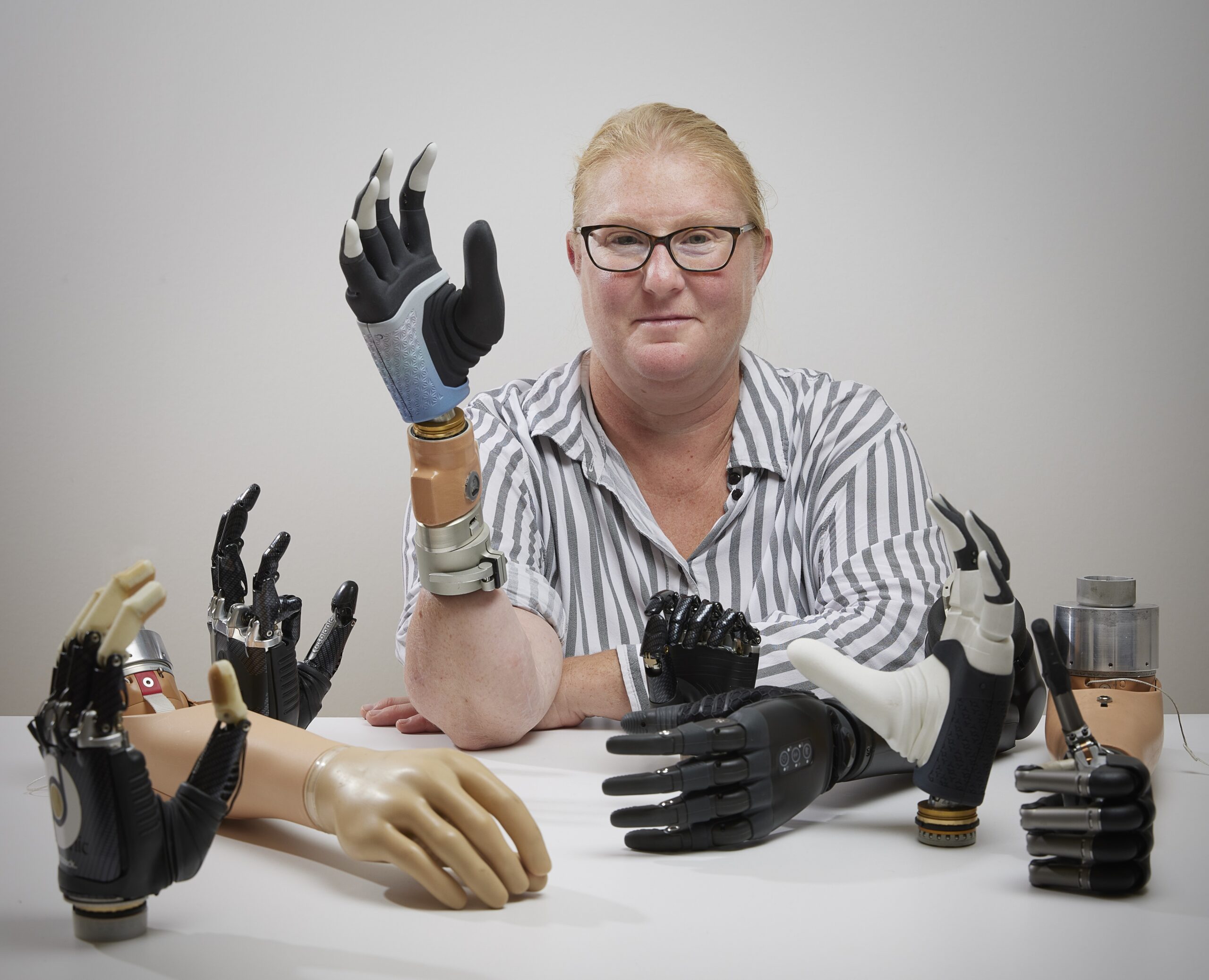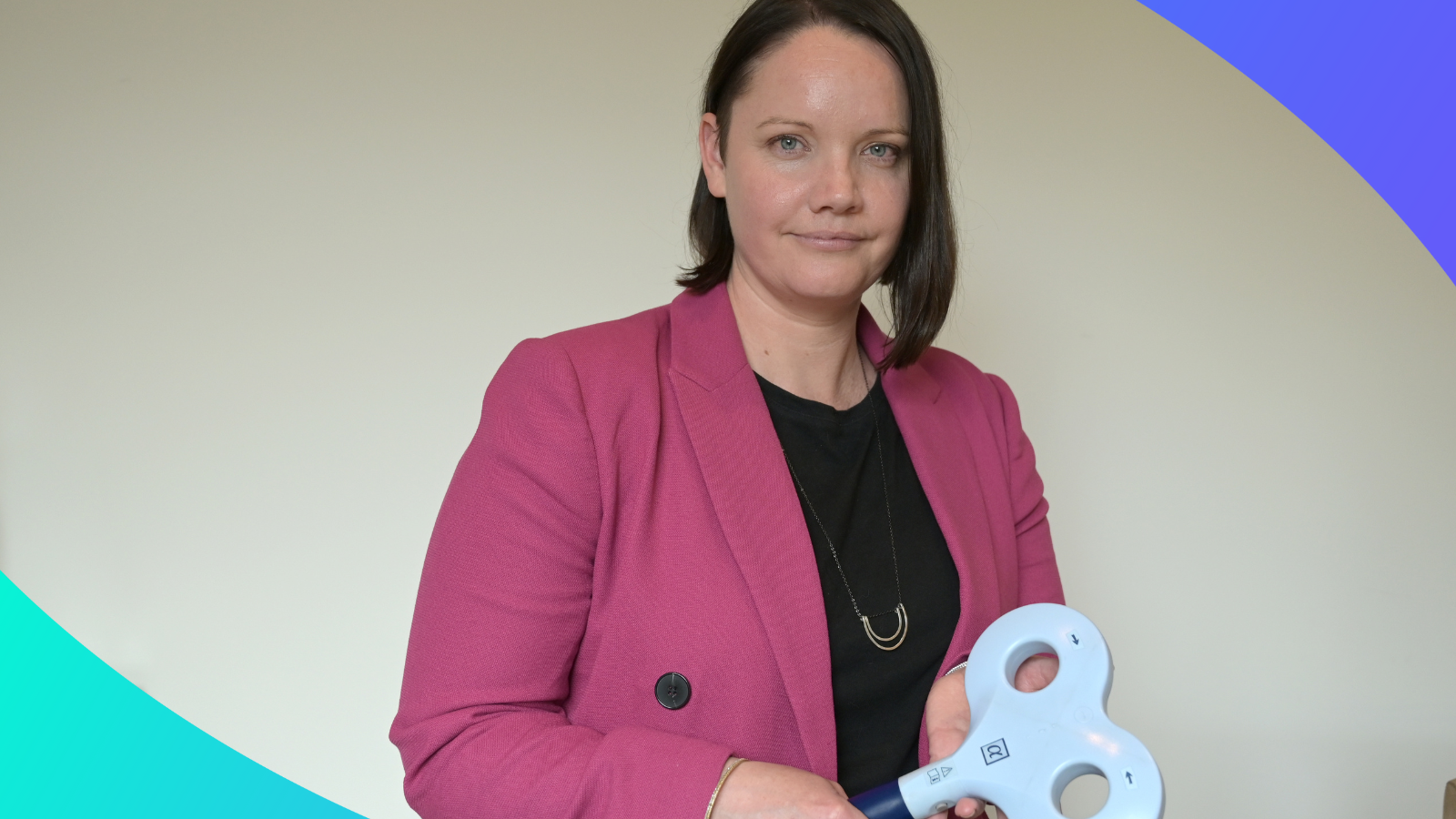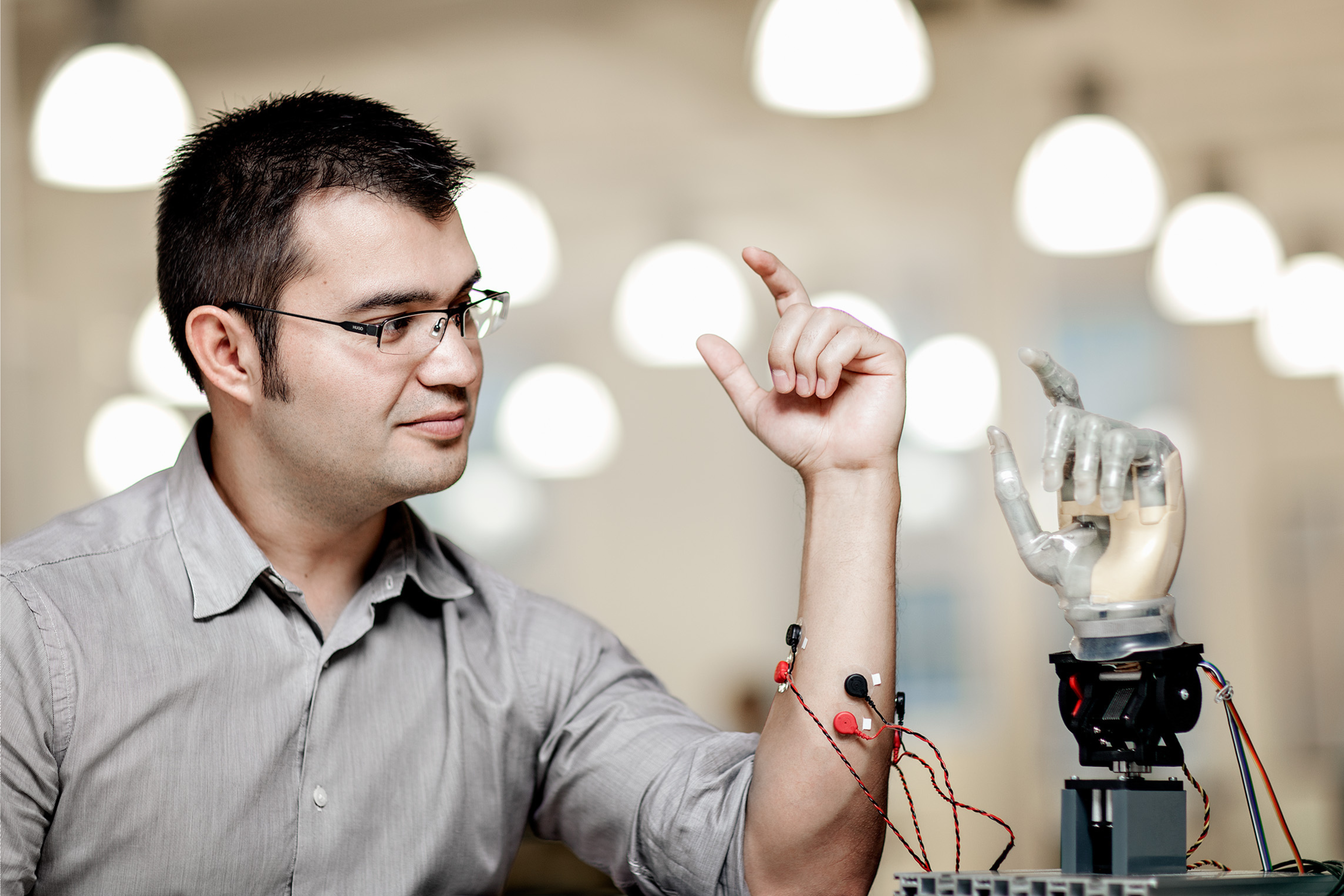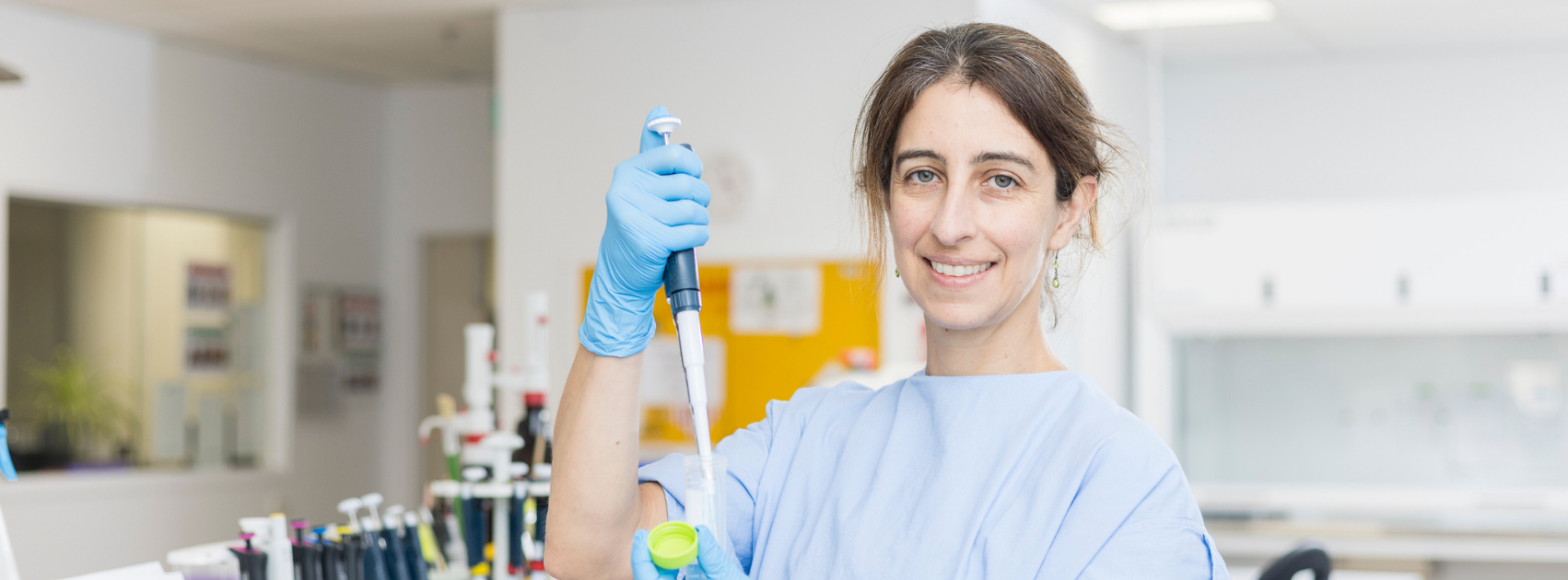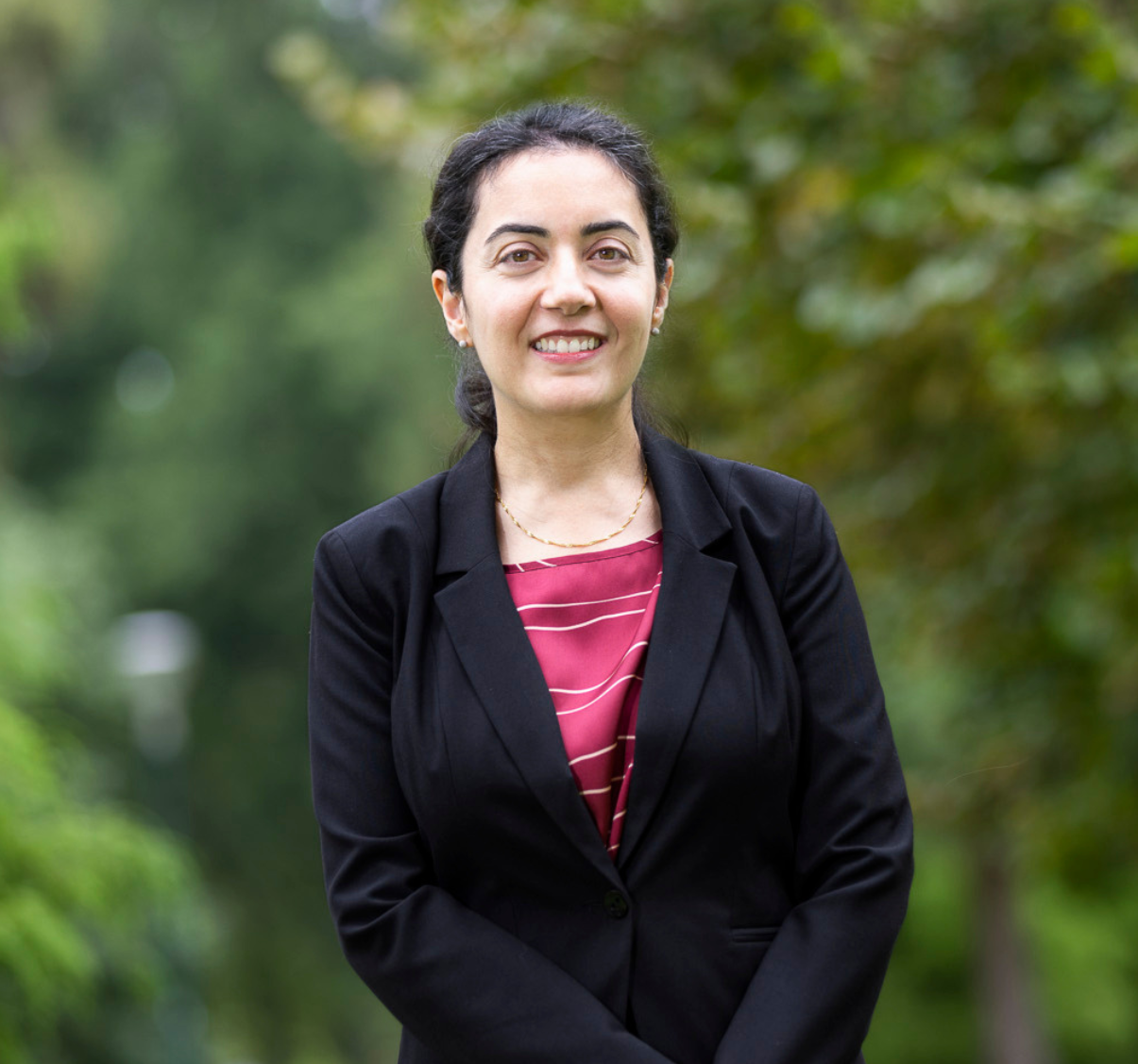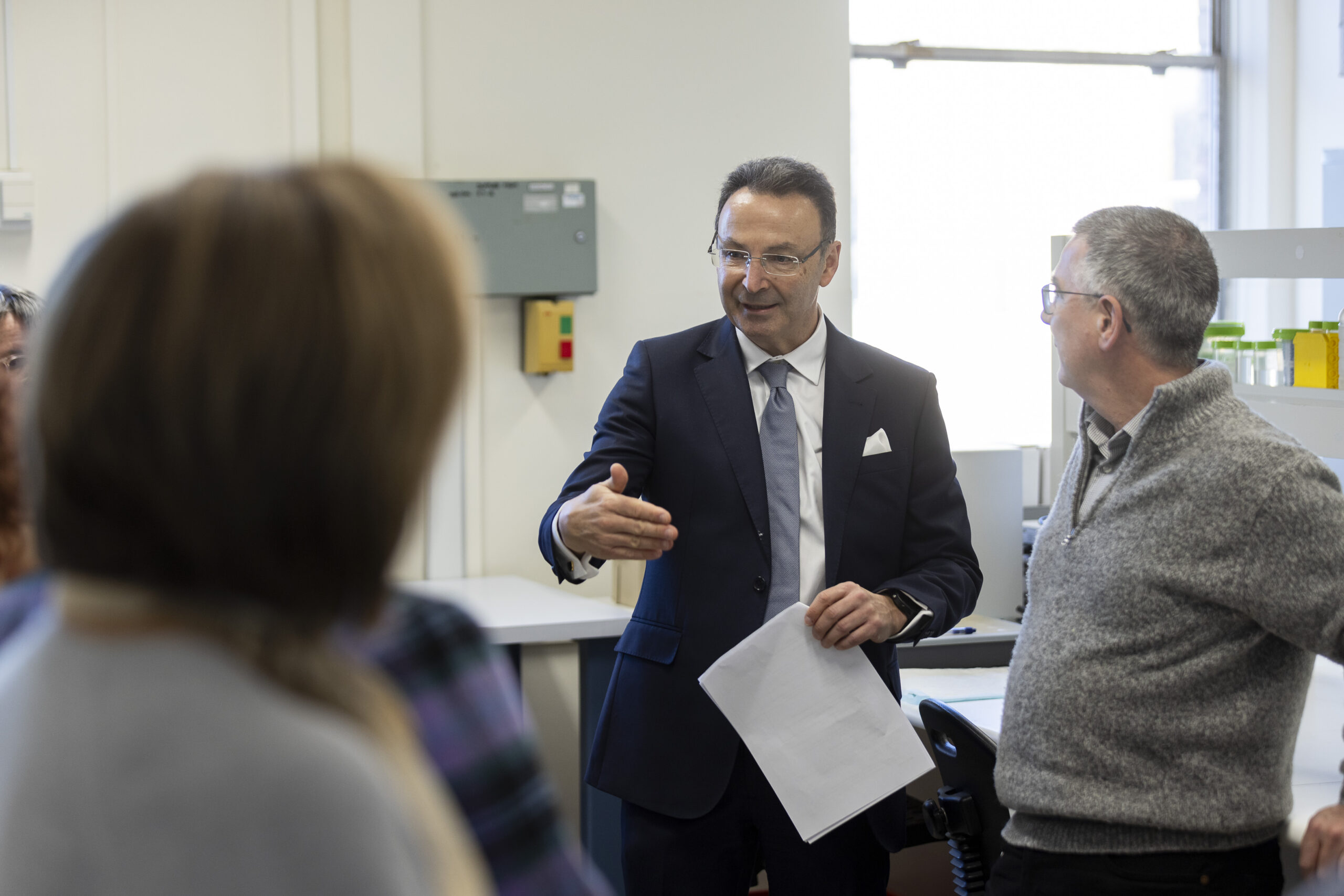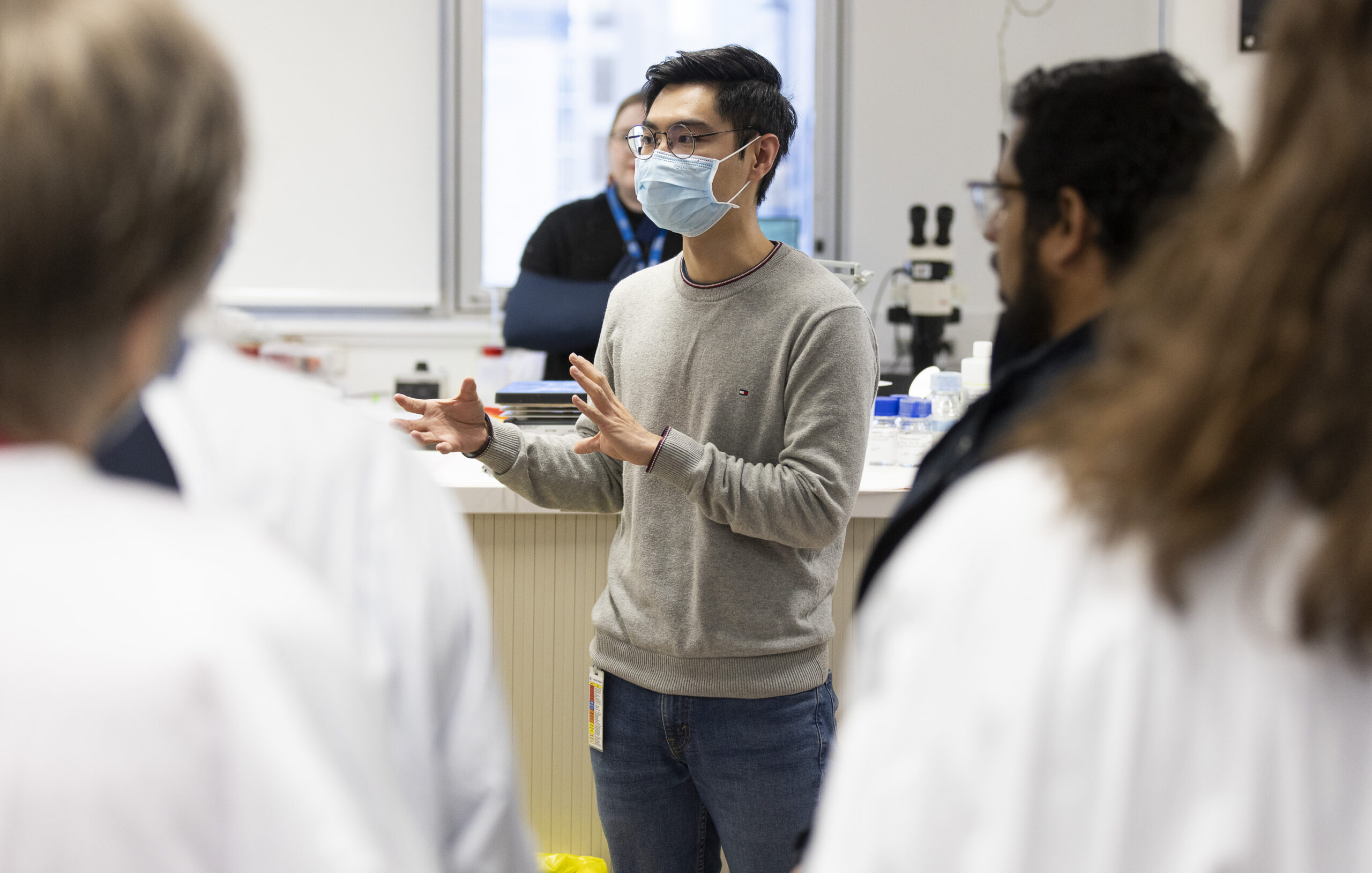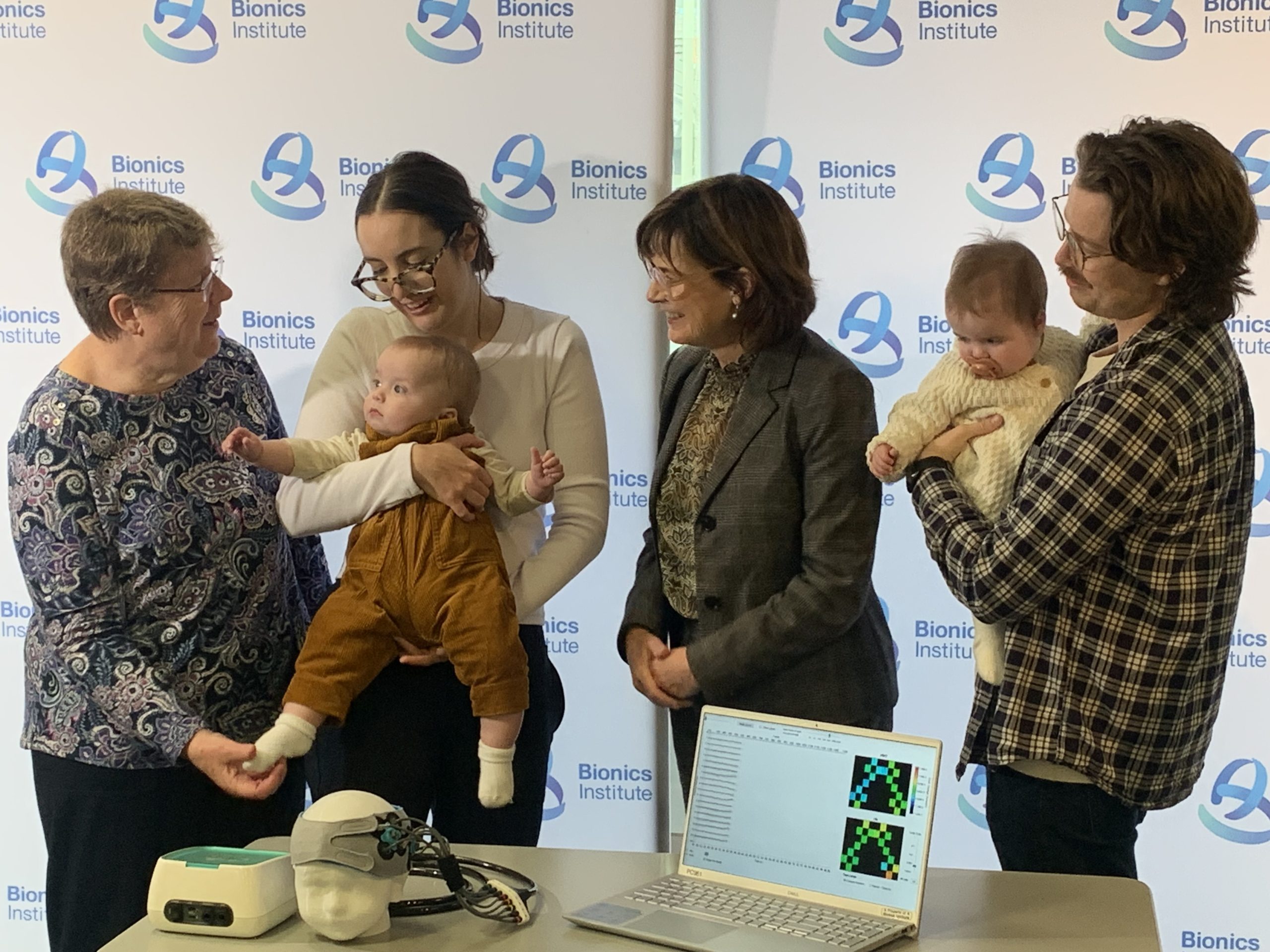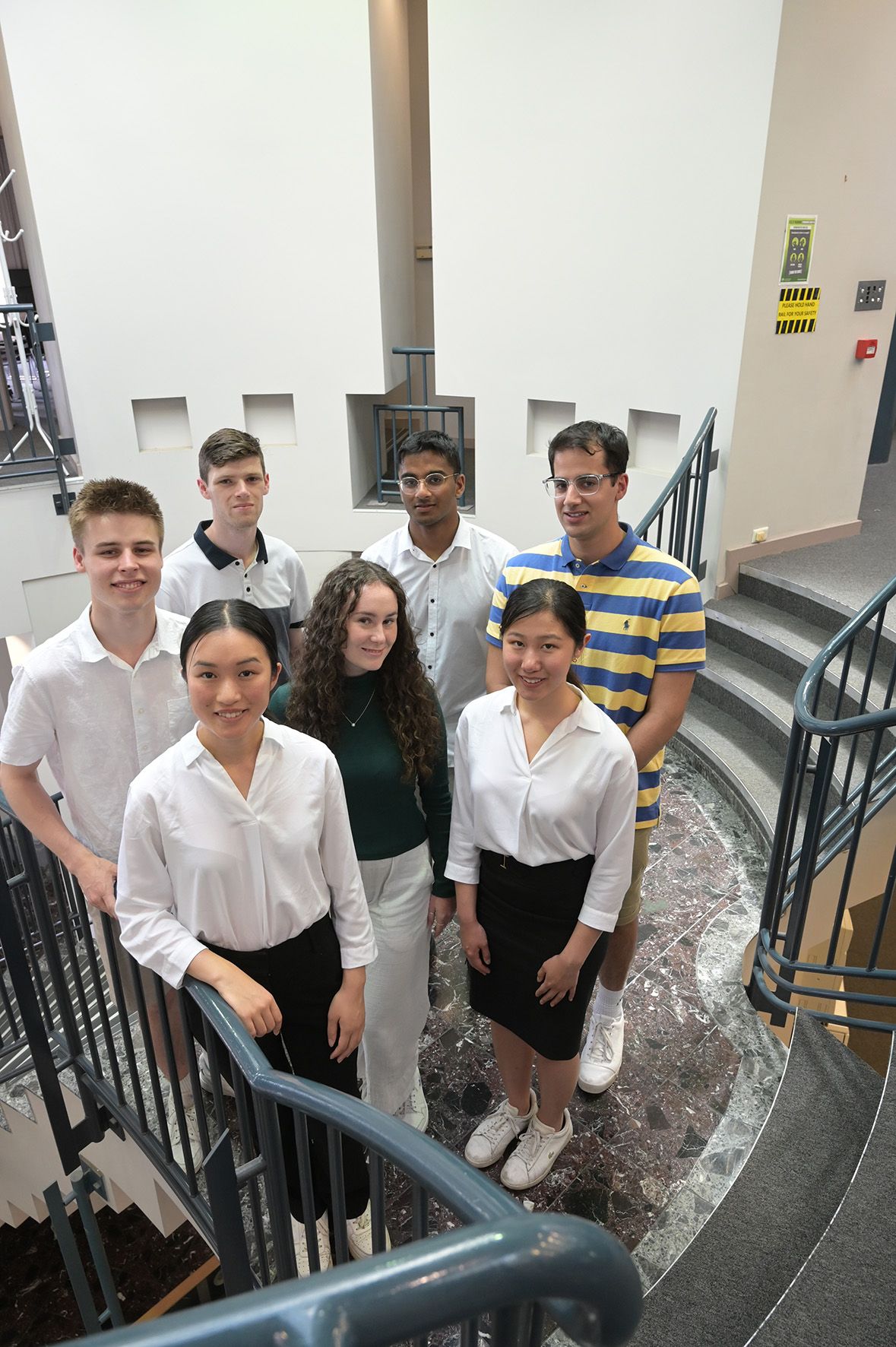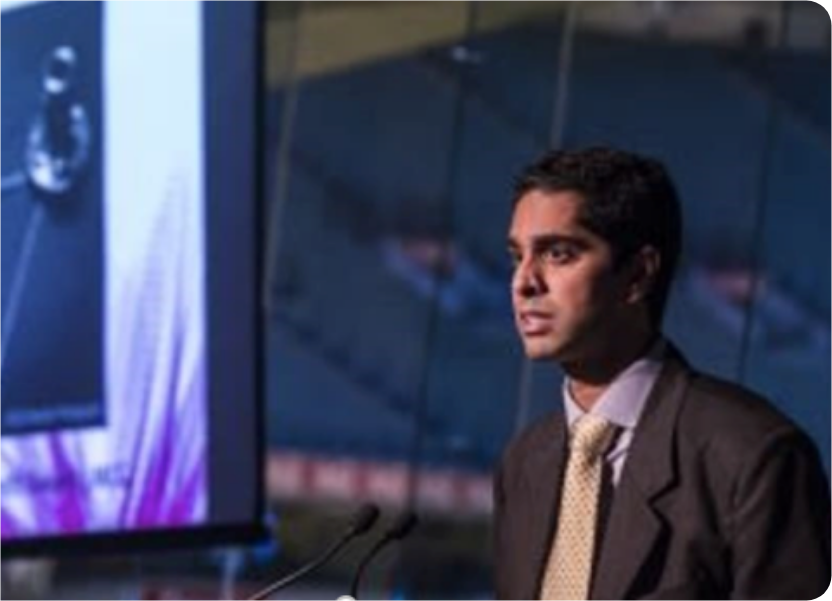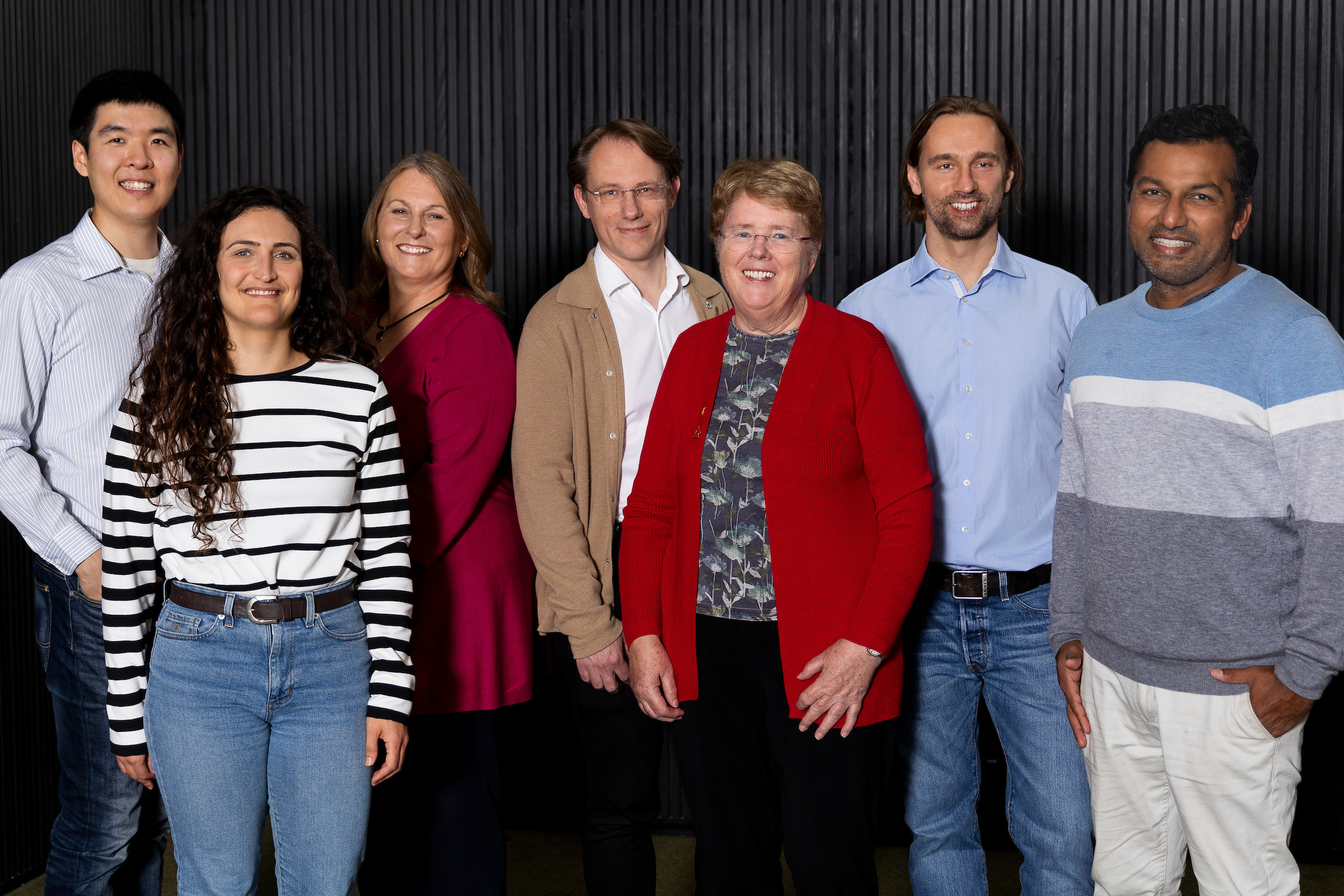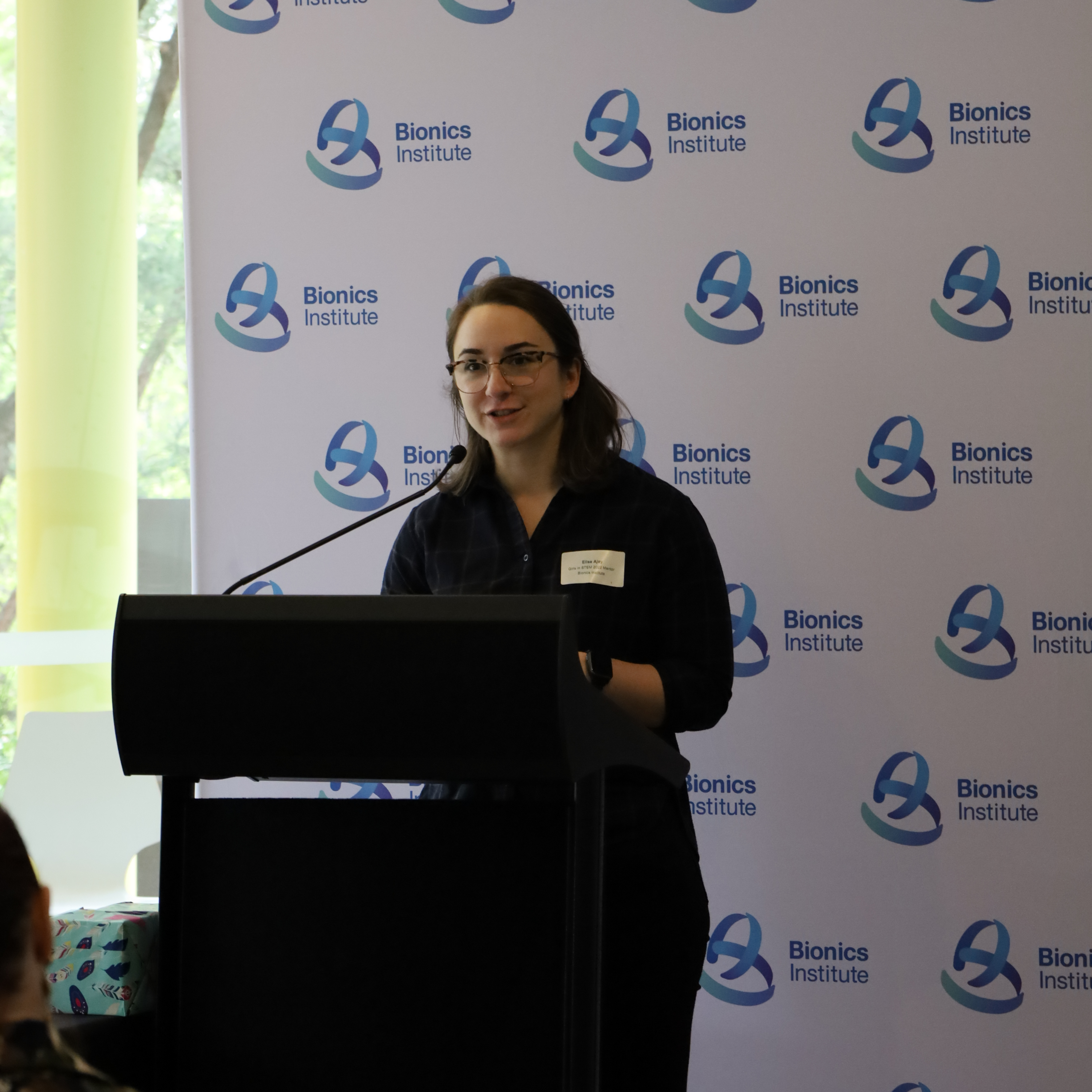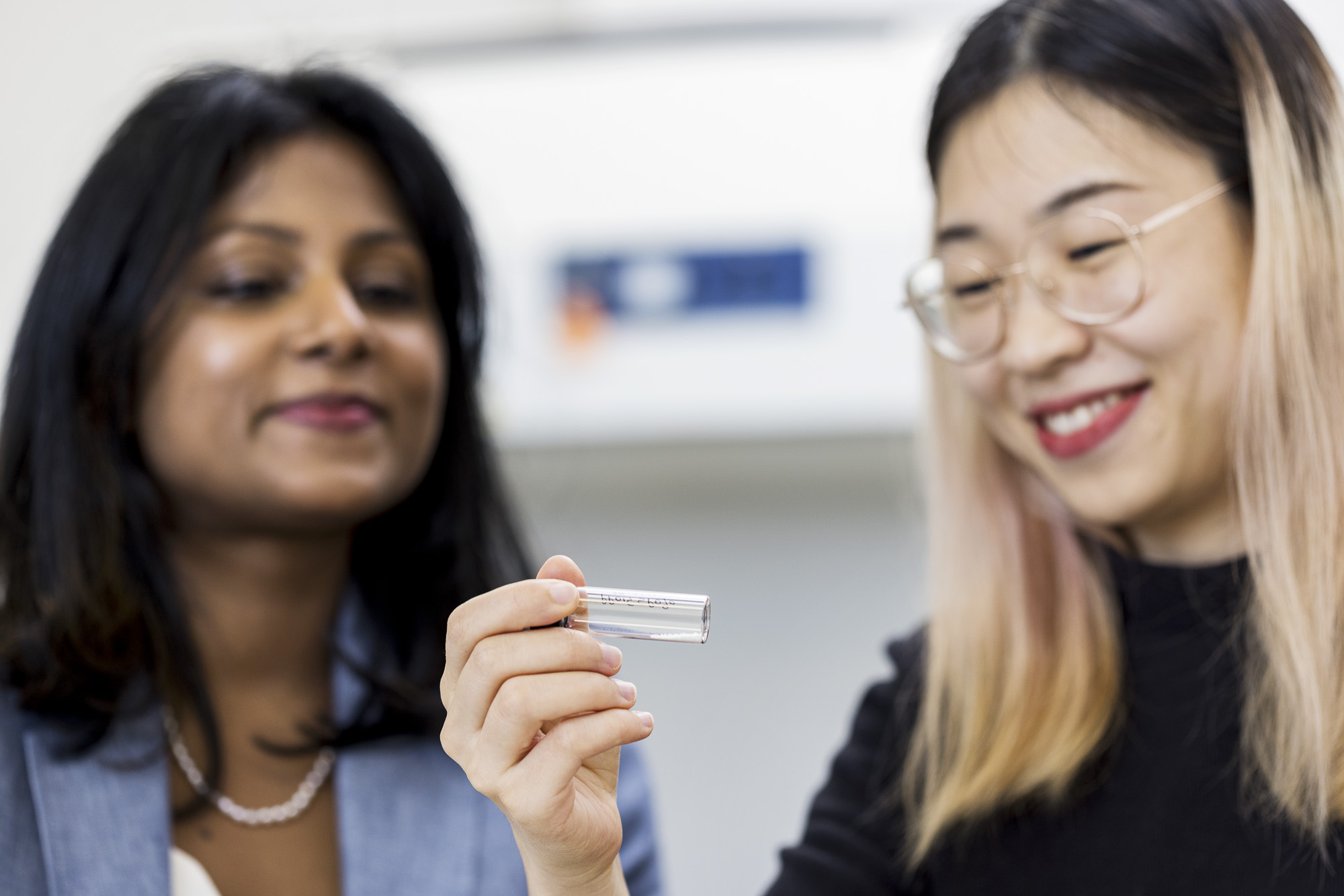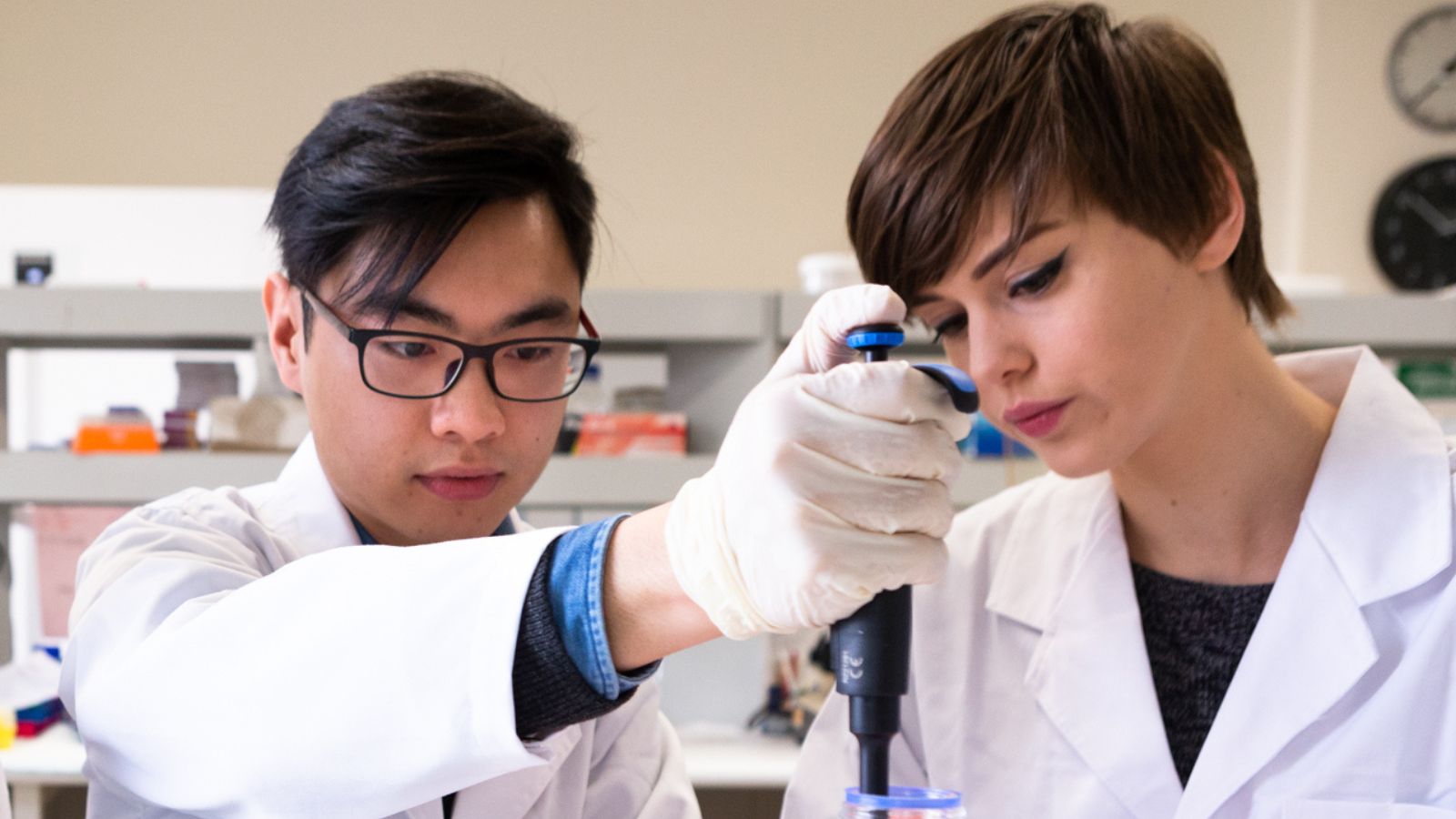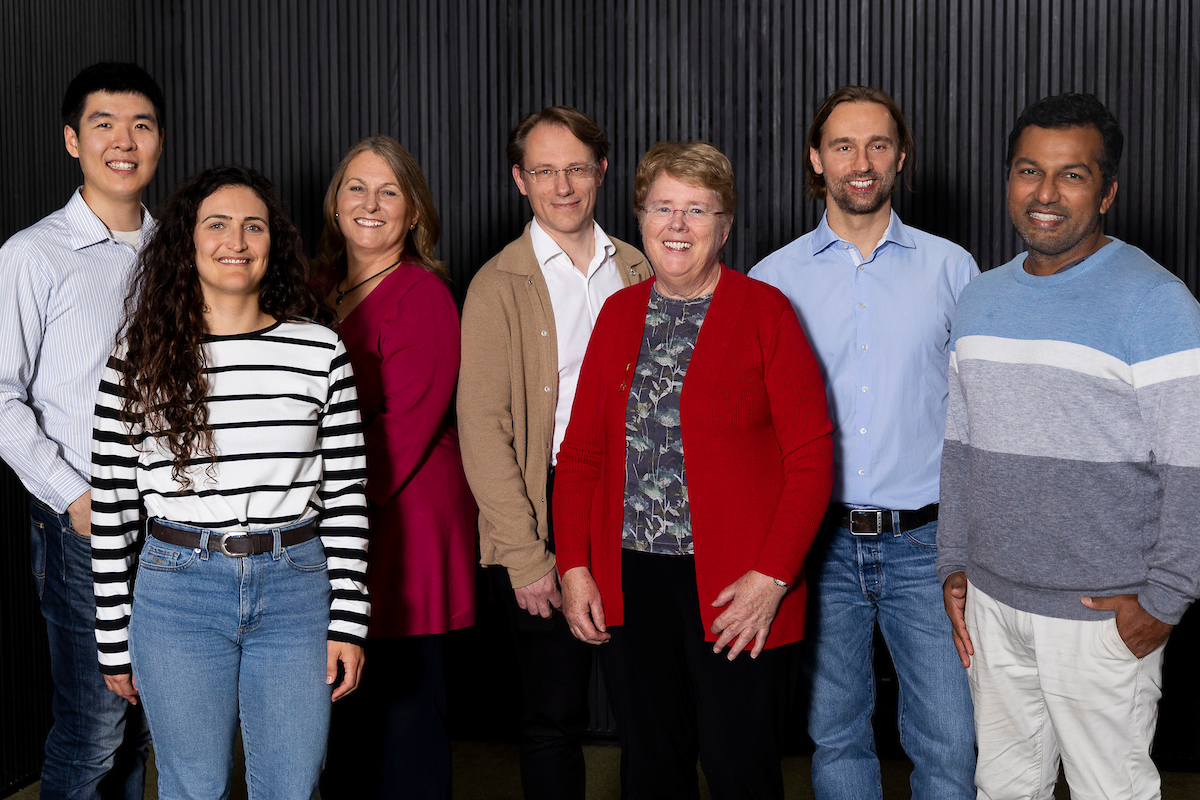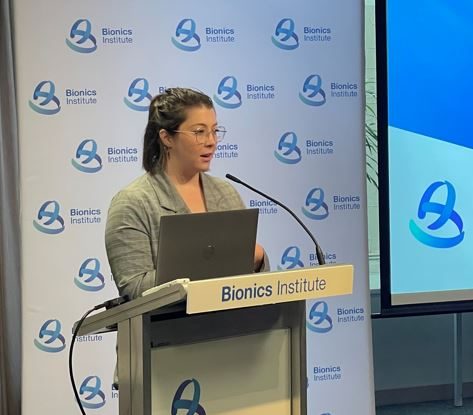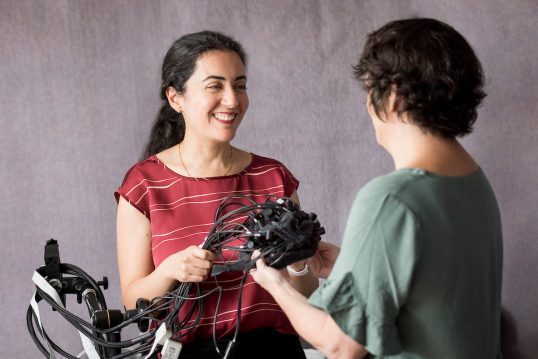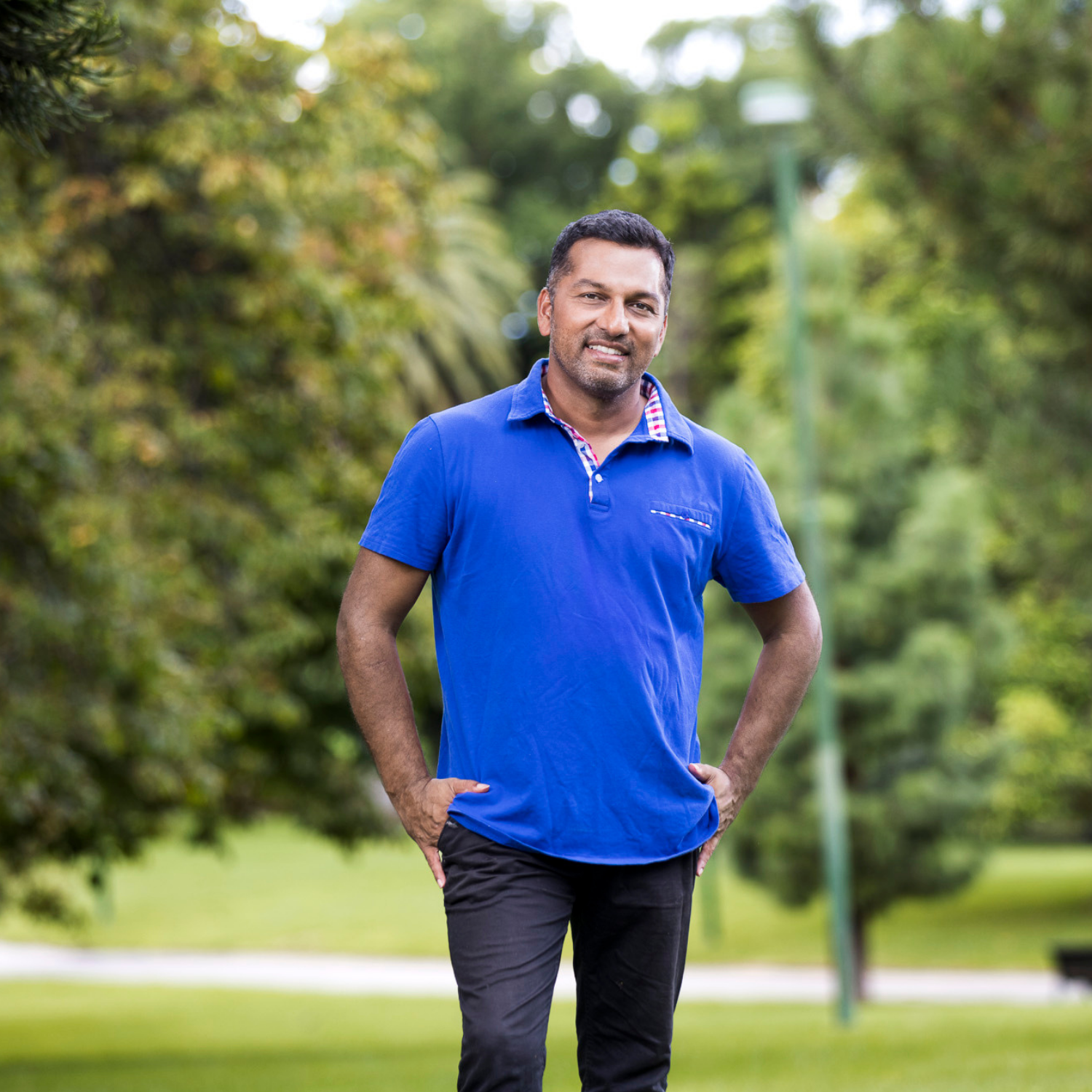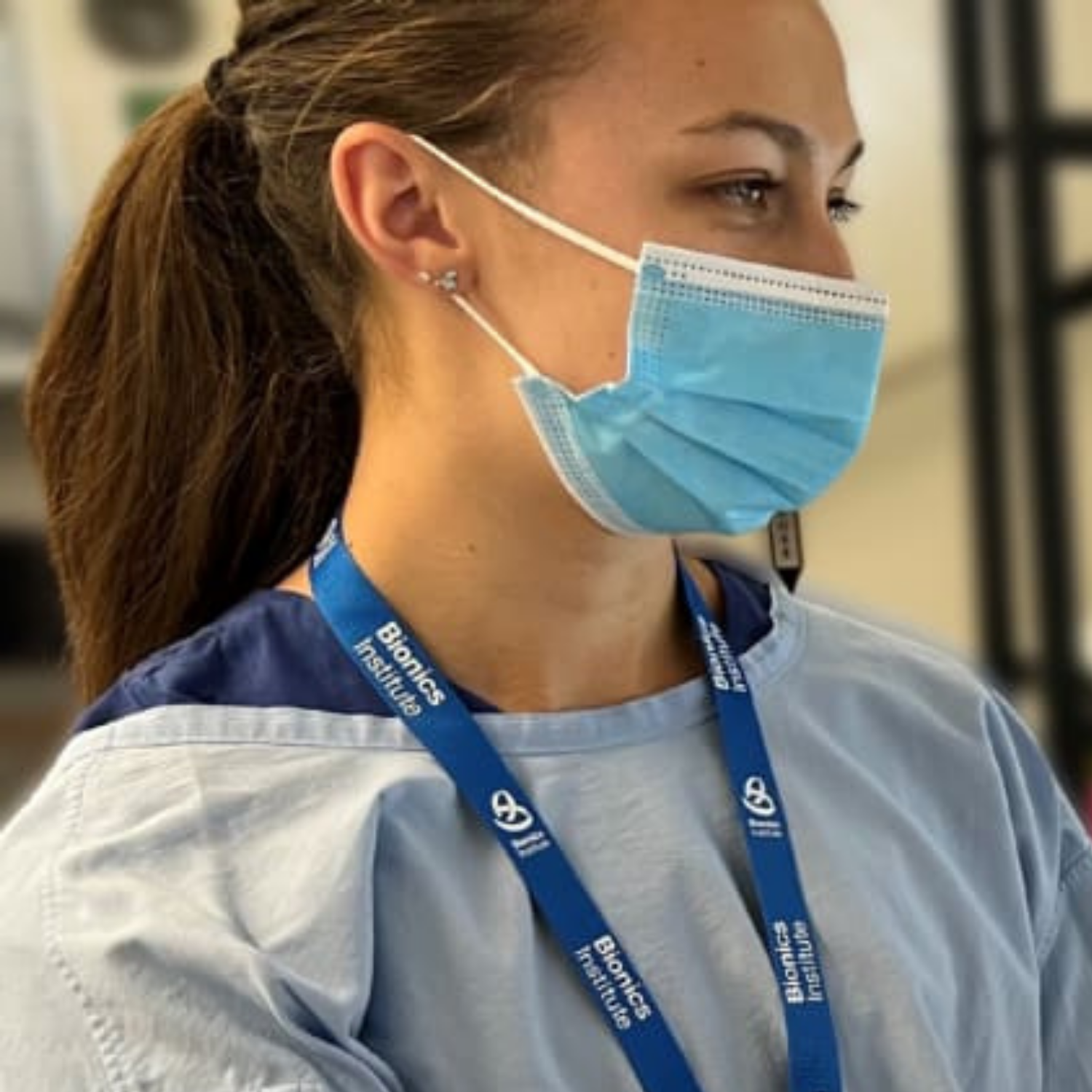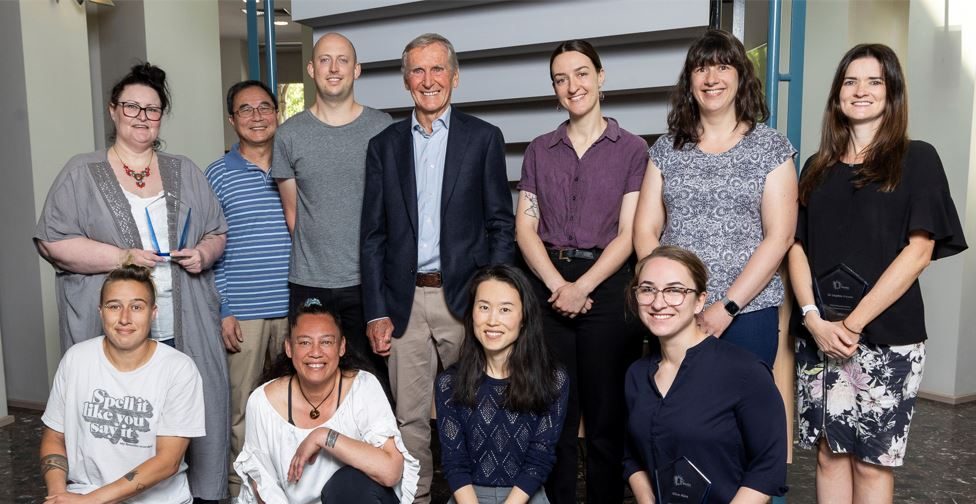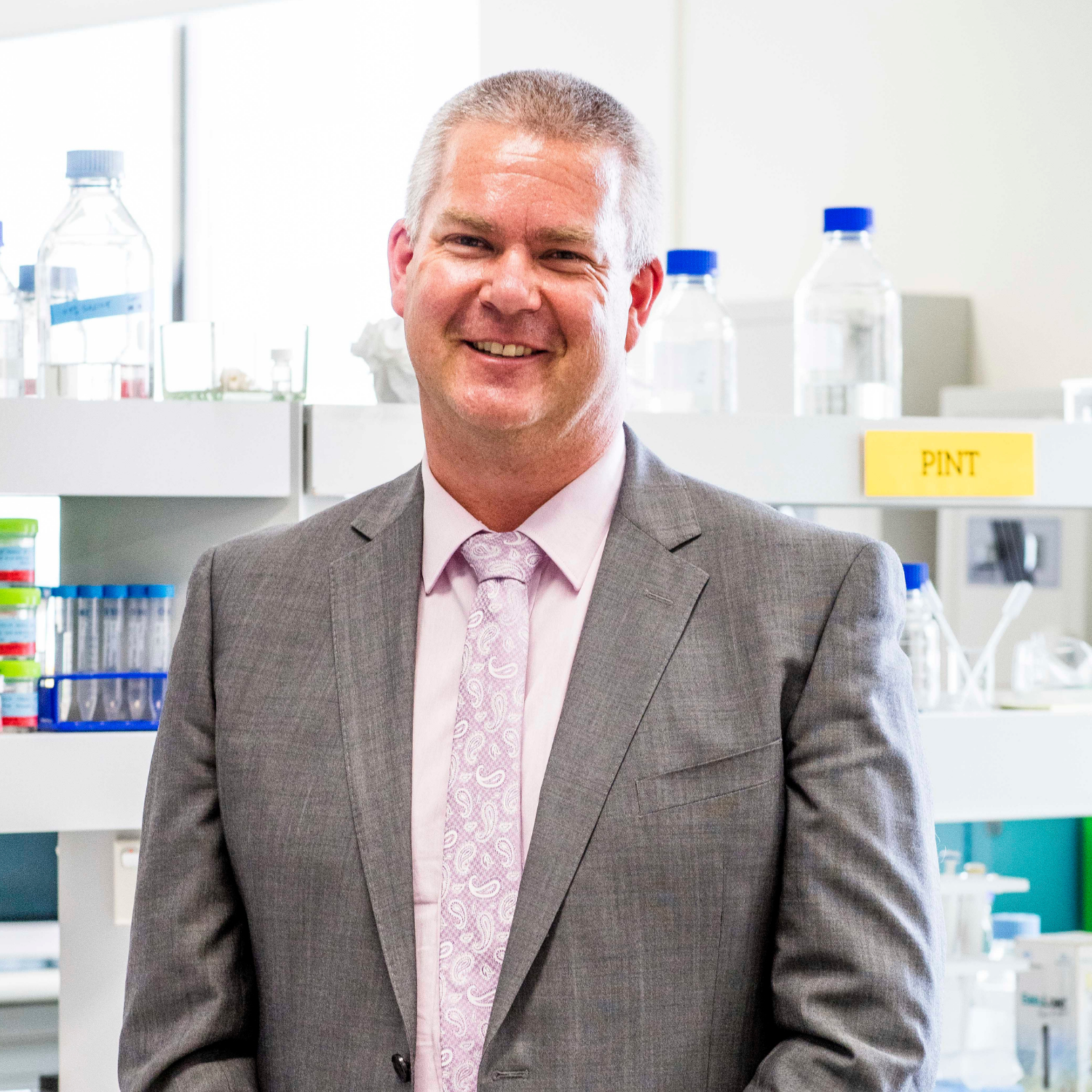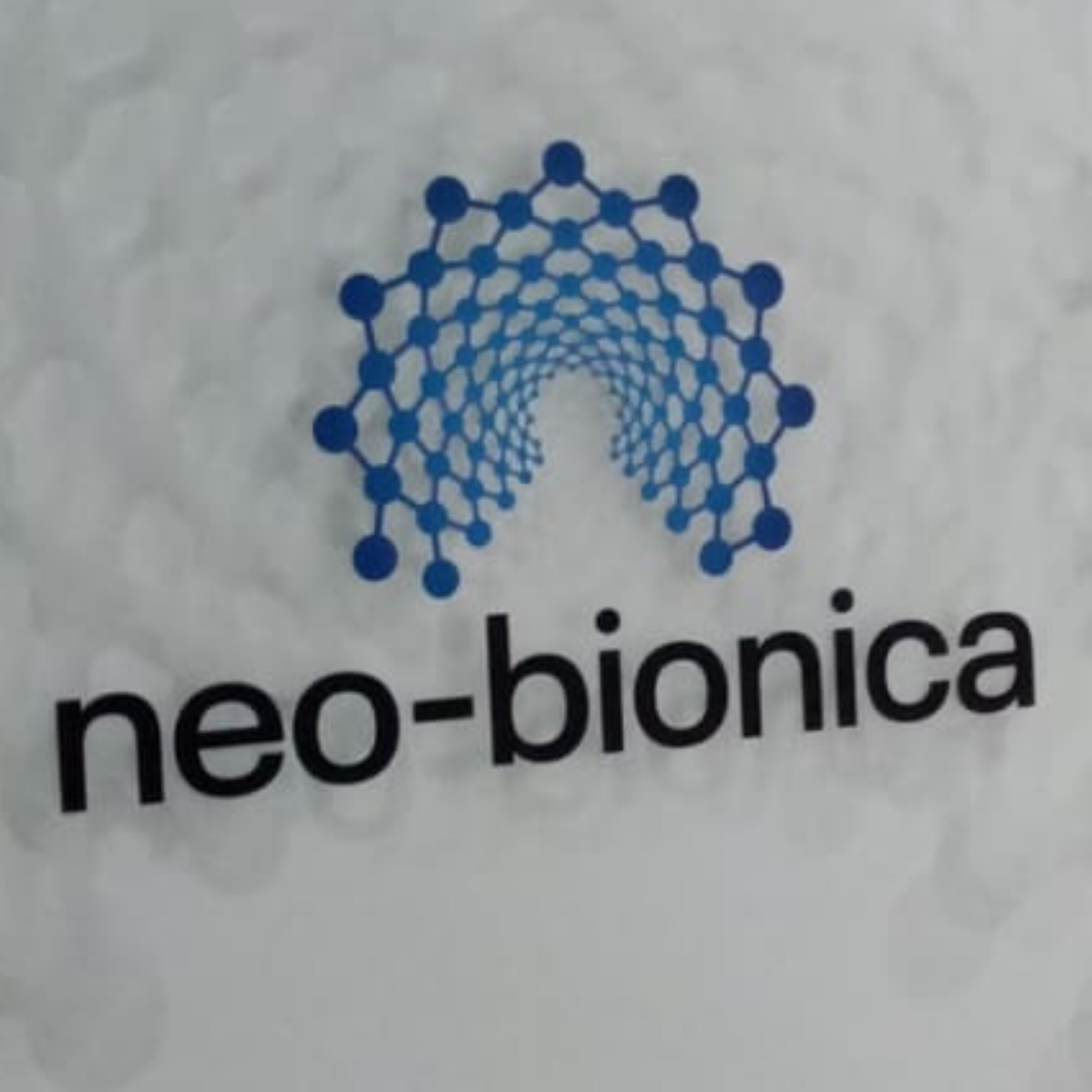Latest News
From science fiction to reality: new bionic limb research redefines possibilities for people with amputations
In a world-first, a patient with an amputation above the elbow has been able to control a bionic hand as if it was his own thanks to new surgical and engineering advancements merging humans with machine.
The ground-breaking study was led by Professor Max Ortiz Catalán, Head of Neural Prosthetic Research at the Bionics Institute in Melbourne (Australia) and Founding Director of the Center for Bionics and Pain Research in Gothenburg (Sweden).
Published in Science Translational Medicine, Professor Ortiz Catalán’s paper is the first documented case of an individual whose body was surgically modified to incorporate implanted sensors connected to a bionic hand via a skeletal implant.
This new technique allows the patient to have intuitive movement of each and every finger and sensory awareness.
Professor Ortiz Catalán says this research offers new hope and possibilities for people with amputations worldwide.
“Prosthetic limb options are commonly attached to the body by a socket that compresses the residual limb – a process which is mechanically unstable and can cause discomfort,” he says.
“Our work uses osseointegration, where a titanium implant is placed within the residual bone and becomes strongly anchored to the patient’s skeleton. Such skeletal attachment allows for comfortable and more efficient mechanical connection of the prosthesis to the body.”
Paving the way for improved quality of life
This clinical study is evidence that new surgical and engineering advancements can merge human and machine – providing patients with a highly functioning limb that they can control at will.
“A major problem in patients with higher amputation levels, such as above the elbow, is that not many muscles remain to command the many robotic joints needed to truly restore the function of an arm and hand,” Professor Ortiz Catalán explains.
“In this study, we enhanced the nerve and muscle connections that would normally be found in the arm by taking the patient’s peripheral nerves that were severed by the amputation, splitting them, and then reconnecting them to different muscle targets in which we also placed implanted electrodes.”
This bionic reconstruction integrating biological and artificial components allows the artificial intelligence (AI) decoder in the prosthesis to gain access to the neural information related to motor control.
When the patient tries to move their hand, the signal is recorded and AI algorithms tell the bionic limb what to do, like a biological one would.


How the bionic limb works
At the forefront of Australian innovation
Bionics Institute CEO Robert Klupacs says Professor Ortiz Catalán’s new role at the Bionics Institute from July 2023 marks a new chapter in Australian med tech innovation, with the potential to improve healthcare outcomes worldwide.
“Professor Ortiz Catalán’s cutting-edge research has the power to redefine the possibilities of bionic technologies, providing solutions that restore function and independence for those who have lost a limb through amputation or congenital limb malformation.
“We are excited by what Professor Ortiz Catalán and his team of collaborators have achieved to date, and by their ongoing development of next generation bionic limb technology to provide people with amputations improved control and dexterity,” Robert adds.




